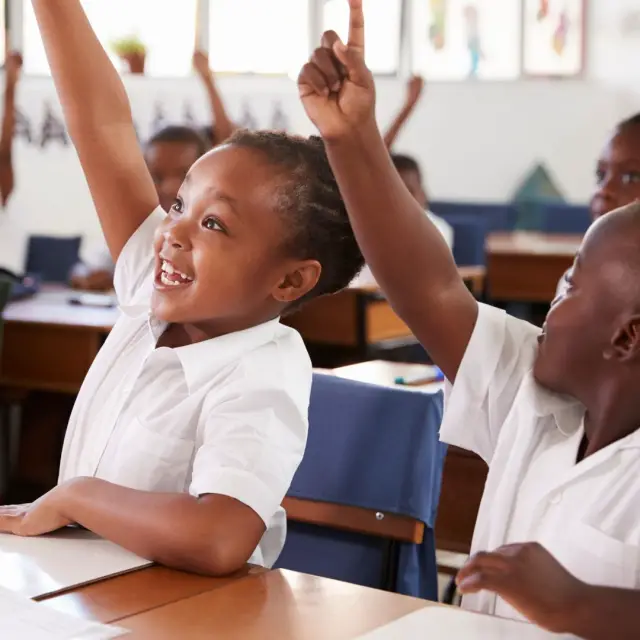Planning the school calendar is a fundamental aspect in the organization of the educational system of any country. In the case of Peru, the Ministry of Education (MINEDU) establishes an annual calendar that regulates the start and end of classes, vacation periods, holidays and other activities relevant to students, teachers and parents.
General Structure of the 2025 School Calendar
The 2025 school calendar maintains the traditional structure established by the MINEDU, which includes:
Start of Classes: The start of the school year is scheduled for Monday, March 10, 2025.
Duration of the School Year: The school year extends over 40 weeks, divided into two academic semesters.
End of School: School activities will conclude on Friday, December 19, 2025.
Effective Class Days: A total of 190 effective class days are planned, complying with international standards.
Division into Quarters and Holidays
The school year is organized into quarters, with evaluation periods and holidays in between. This structure is detailed below:
First Quarter
Start: Monday, March 10, 2025.
Completion: Friday, May 30, 2025.
Holidays: One week off from Monday, June 2 to Friday, June 6, 2025.
Second Quarter
Start: Monday, June 9, 2025.
Completion: Friday, September 5, 2025.
Holidays: Two weeks off from Monday 8 to Friday 19 September 2025.
Third Quarter
Start: Monday, September 22, 2025.
Completion: Friday, December 19, 2025.
End of Year Holidays: Starting Monday, December 22, 2025.
Holidays and Non-Working Days
The school calendar also takes into account the national holidays and non-working days, which affect the scheduling of classes. These are the national holidays established for 2025:
Holy Thursday: April 17, 2025.
Good Friday: April 18, 2025.
Labor Day: May 1, 2025.
National Holidays: July 28 and 29, 2025.
Battle of Angamos: October 8, 2025.
All Saints' Day: November 1, 2025.
Immaculate Conception: December 8, 2025.
Christmas: December 25, 2025.
In addition, local authorities may establish additional non-working days, depending on regional holidays or special events.
Contingency Adjustments
The MINEDU considers the possibility of adjustments to the school calendar due to emergency situations, such as natural disasters, social conflicts or health problems. In such cases, measures are implemented to make up for lost days and ensure the fulfillment of educational objectives.
Modalities of Education
The 2025 school calendar applies to the different types of education taught in the country:
Regular Basic Education (EBR): Includes initial, primary and secondary levels.
Alternative Basic Education (EBA): Designed for students who were unable to complete their education at the corresponding age.
Special Basic Education (EBE): Aimed at students with special educational needs.
Each modality may have slight variations in the programming of activities, depending on the needs of the students.
Role of Teachers
Teachers play a crucial role in the implementation of the school calendar. Their main responsibilities include:
Curriculum Planning: Design teaching strategies that fit the established schedule.
Assessment: Conduct tests and other assessment activities within the allotted times.
Training: Participate in continuing education programs organized by MINEDU.
Importance of Parent Involvement
Parents' input is critical to the success of the school calendar. Some of the ways they can contribute include:
Supervision: Making sure your children complete their schoolwork and activities.
Attendance: Participate in meetings and activities organized by educational institutions.
Emotional Support: Providing a supportive environment for learning at home.
The 2025 school calendar faces several challenges, including:
Technological Adaptation: Promote the use of digital technologies to complement face-to-face education.
Educational Equity: Reducing gaps in access to education in rural and urban areas.
Infrastructure: Improve the physical conditions of schools to ensure a safe and comfortable environment.
Despite these challenges, there are also significant opportunities, such as the integration of innovative methodologies and the strengthening of teacher training.
The 2025 school calendar in Peru is an essential tool for organizing the educational system and ensuring that students receive a quality education. Its correct implementation requires the collaboration of all actors involved, including teachers, students, parents and educational authorities. With a focus on equity, innovation and adaptation, the Peruvian educational system has the opportunity to overcome challenges and build a better future for the next generations.
